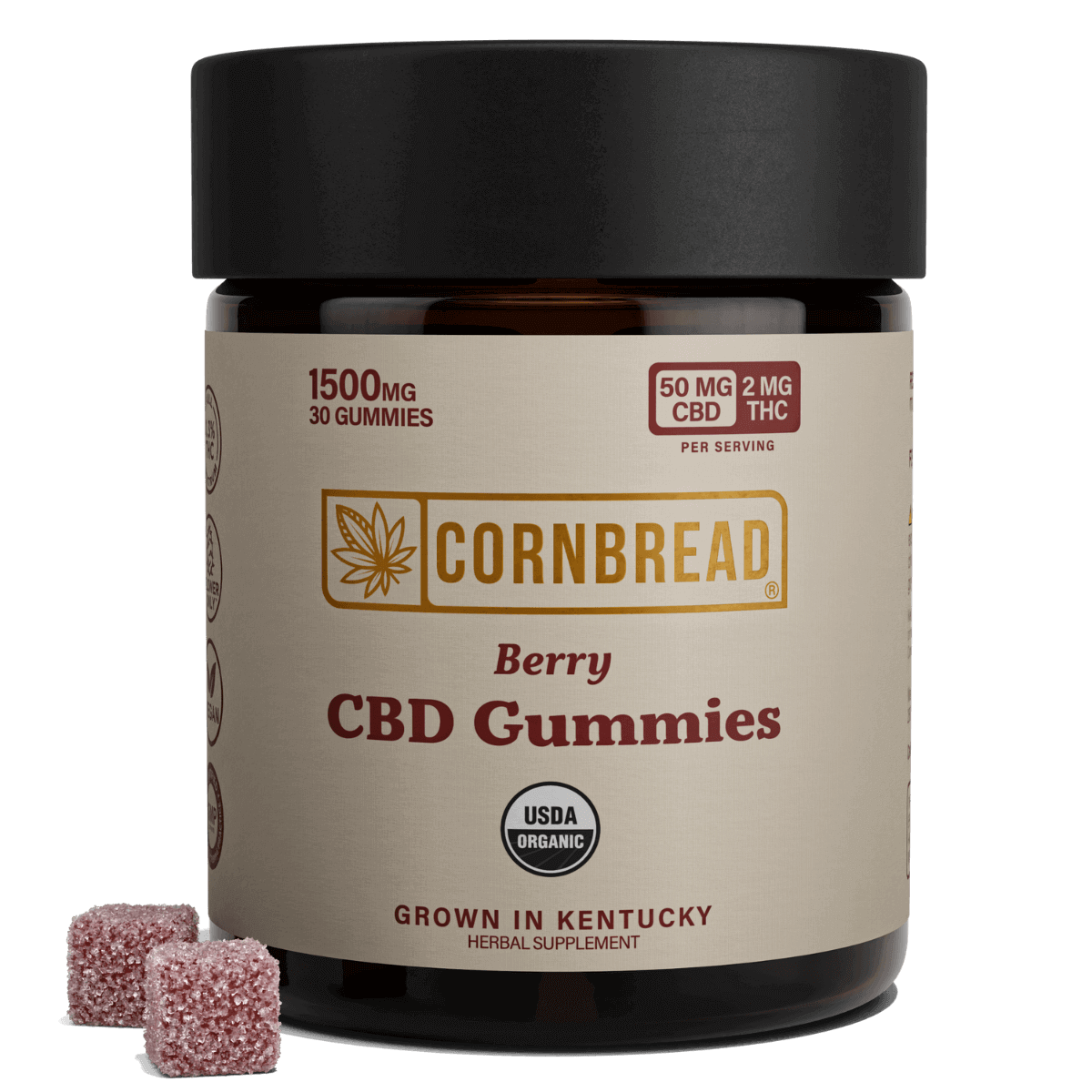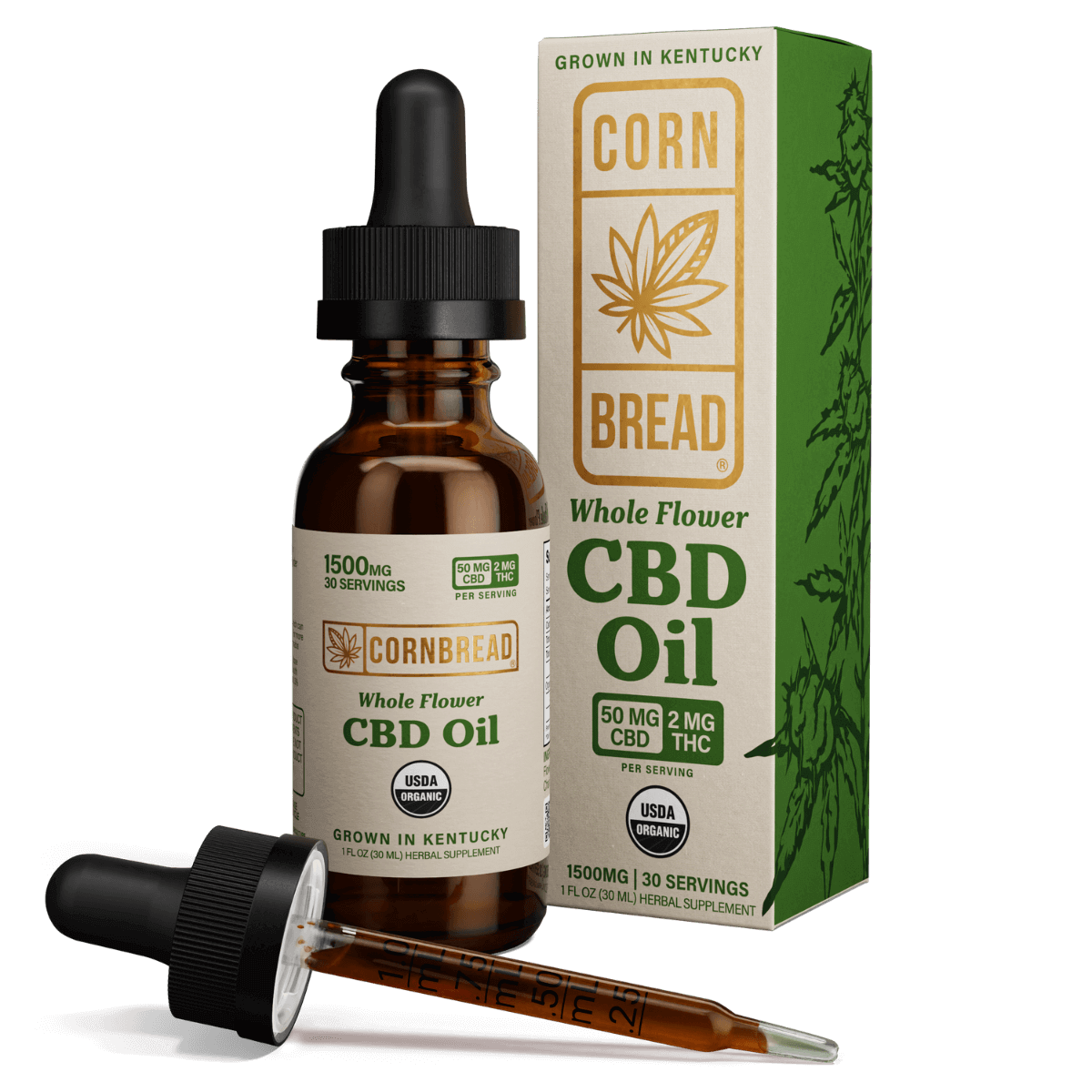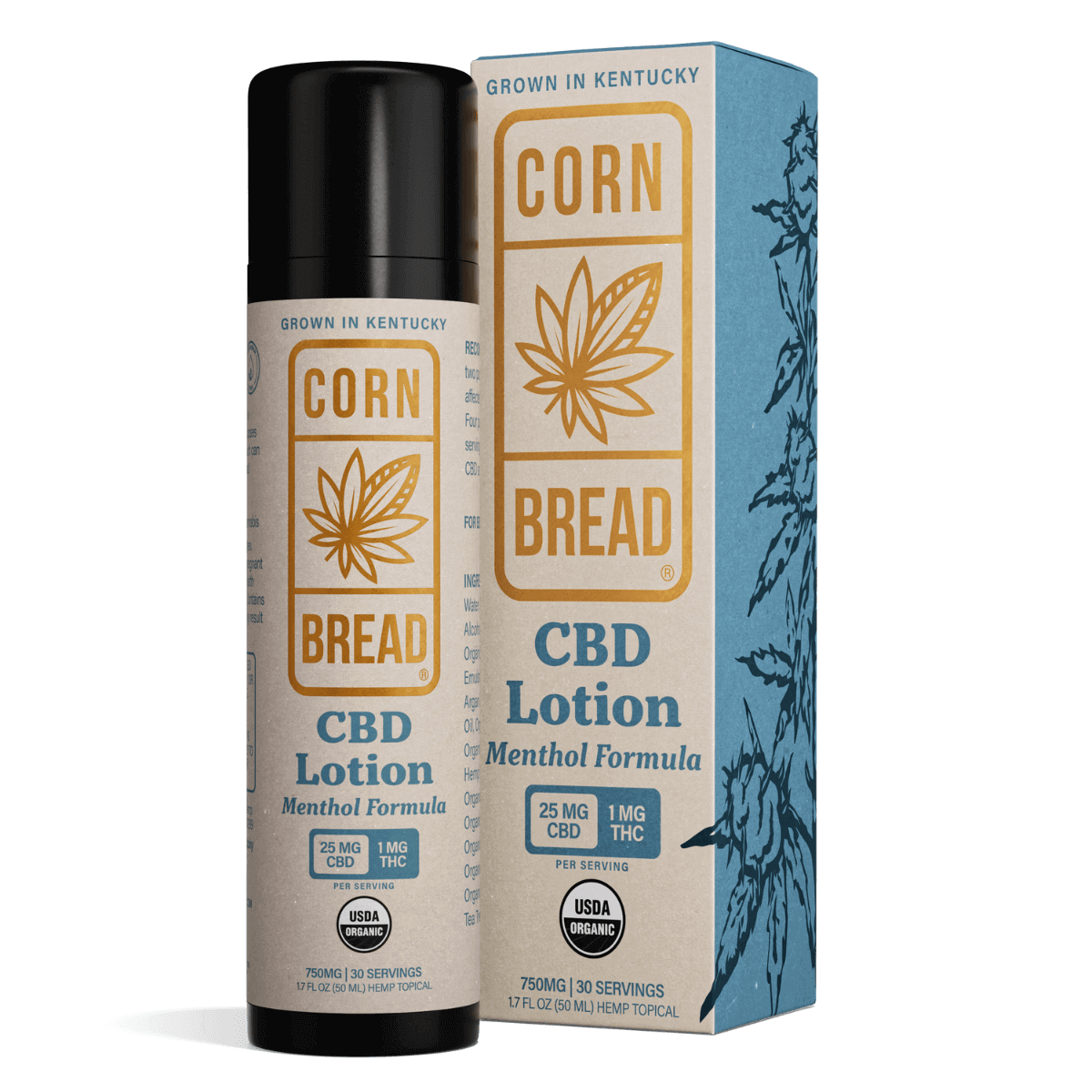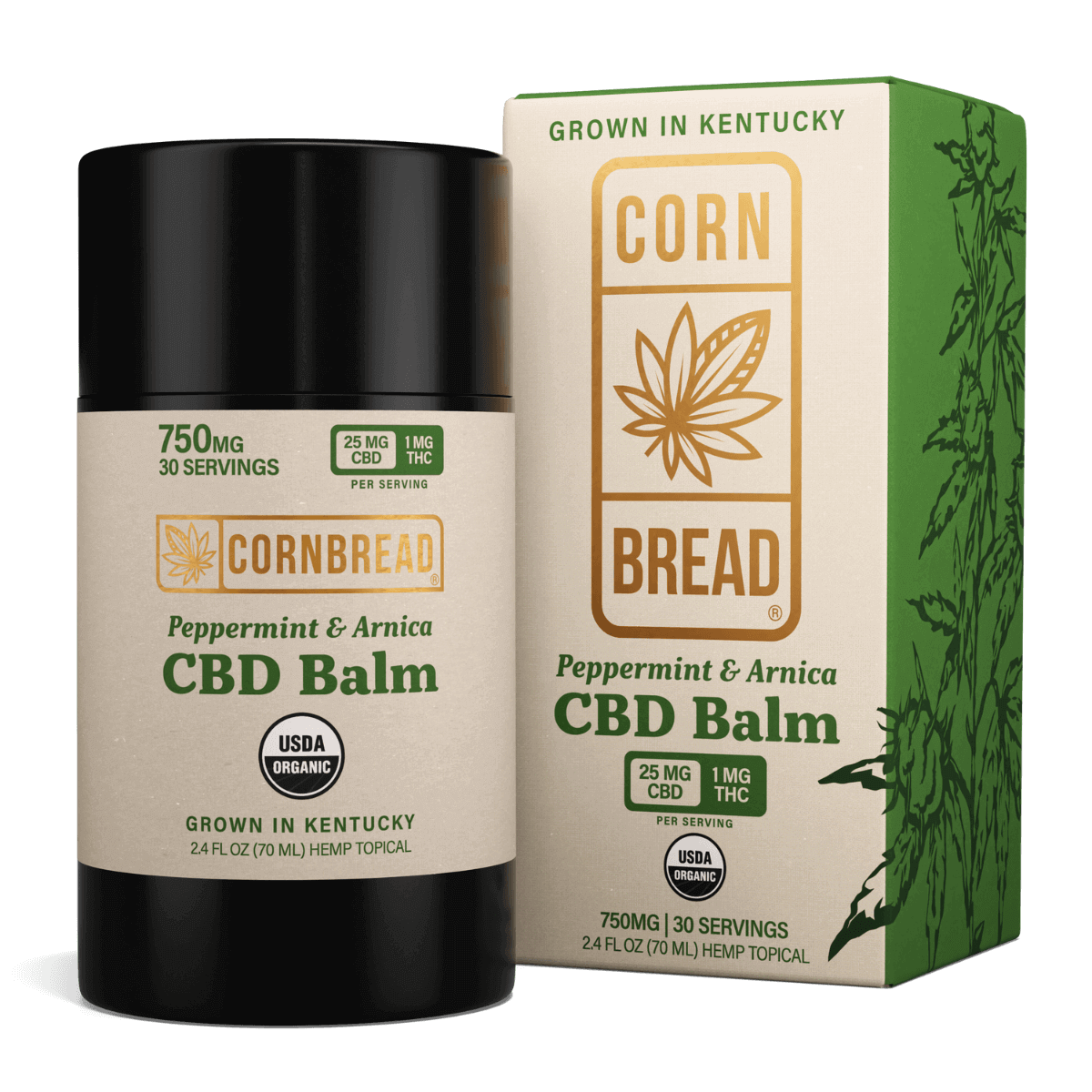Table of Contents
EVERYTHING YOU NEED TO KNOW
As CBD continues to gain popularity, more people are interested in reading third-party lab reports to ensure that the products they purchase are safe and effective. However, interpreting these lab reports can be challenging if you are not familiar with the terminology and scientific language being used. In this post, we will guide you through the process of reading a third-party lab report for CBD products and help you understand what to look for.
UNDERSTANDING THE BASICS OF A LAB REPORT
A third-party lab report is a document that provides information about the contents and quality of a product, and in our case that is CBD products including our best-selling CBD gummies. These reports are typically produced by independent labs and are used to verify the accuracy of the label claims made by manufacturers on their products. A good third-party lab report should include the following information:
- The name and contact information of the lab that conducted the tests
- The date that the tests were conducted
- The name and batch number of the product that was tested
- A list of the tests that were conducted
- The results of the tests
LOOK FOR CANNABINOID CONTENT
One of the most important things to look for in a lab report for a CBD product is the cannabinoid content. CBD is just one of many cannabinoids that can be found in the hemp plant, and the amount of CBD in a product can vary significantly depending on the quality of the hemp and the extraction method used.
When reviewing a lab report, look for a section that lists the cannabinoid content, it’s usually the very first section for CBD product lab reports. This section should include information about the levels of CBD, THC, and other cannabinoids that were found in the product. In general, you want to look for products that have high levels of CBD and low levels of THC that are below 0.3% by dry weight.

FULL SPECTRUM CBD
We believe that cannabis is the world's most important natural remedy. That's why our entire selection of USDA organic CBD products include a full spectrum of minor cannabinoids, terpenes, flavonoids, and up to 2mg of THC - the way nature intended.
CHECK FOR CONTAMINANTS
Another important thing to look for in a lab report is information about contaminants. Hemp plants can absorb a range of contaminants from the soil and environment in which they are grown, including pesticides, heavy metals, and residual solvents from the extraction process.
A good lab report should include information about any contaminants that were found in the product, as well as information about the levels of those contaminants. If a product contains high levels of contaminants, it may not be safe to use. If it contains no contaminants at all, the lab report should say so.
LOOK FOR TERPENE PROFILES
Terpenes are aromatic compounds that are found in many plants, including the hemp plant. These compounds can have a range of health benefits, including reducing inflammation, improving mood, and promoting relaxation.
A good lab report should include information about the terpene profile of the product - and most CBD producers are not testing for terpenes. This section should provide information about the types and levels of naturally occurring terpenes that were found in the product. Look for products that have a diverse range of terpenes, as this can indicate that the product is high-quality and has been produced using a full-spectrum extraction method.
CHECK FOR BATCH CONSISTENCY
Finally, it's important to look for information about batch consistency in a lab report. This section should provide information about the consistency of the product across different batches, including information about the levels of cannabinoids, contaminants, and terpenes.
If a product has inconsistent batch results, it may not be as effective as other products on the market. Look for products that have consistent results across different batches to ensure that you are getting a high-quality product. That way you don’t have to wonder whether future batches will be as effective.
CONCLUSION
In conclusion, reading a third-party lab report for CBD products can be challenging, but it's an important step in ensuring that you are getting a safe and effective product. When reviewing a lab report, look for information about cannabinoid content, contaminants, terpene profiles, and batch consistency. With a little bit of practice, you'll be able to read these reports like a pro and make informed decisions about the products you purchase.









